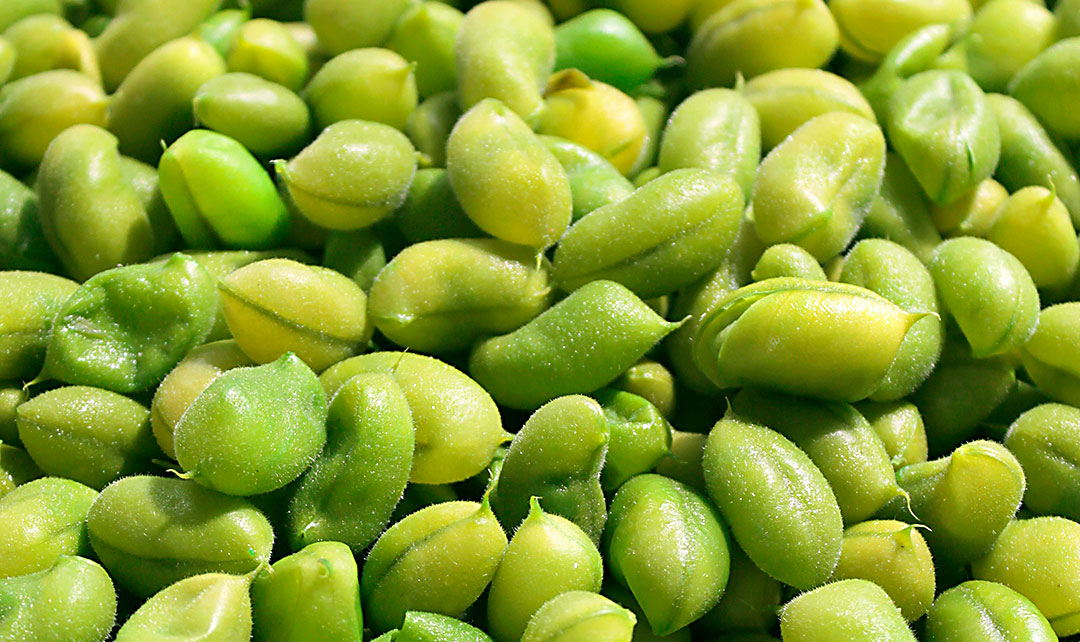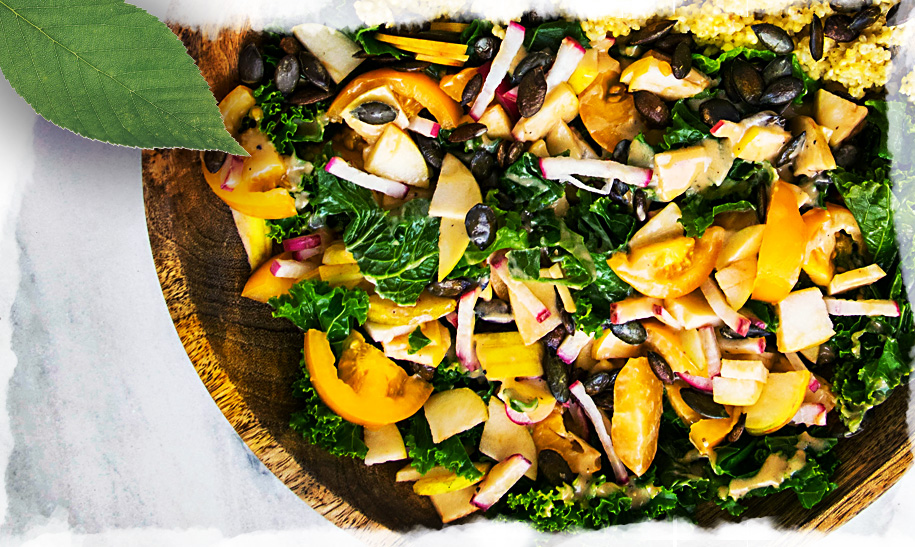Increasing dietary fiber is, in my opinion, one of the best ways to improve your diet. Focusing on this one aspect generally leads to a healthier diet overall, as it typically requires the consumption of more minimally processed plants such as whole grains, fruits and vegetables, legumes, nuts, and seeds. It’s no surprise, then, that diets rich in fiber have been proven to lower the risk of developing chronic disease and improve longevity!
Despite the wealth of data supporting the benefits of fiber, the message seems to be lost on the majority of Americans. Over 90% are not meeting even the most basic dietary recommendations for fiber set forth by the Dietary Guidelines for Americans. This is surprising and unfortunately consistent data for at least the past 2 decades.
Reasons for inadequate intakes may include:
- Many overestimate the amount of fiber in their diets
- Fiber is not well understood and often confusing as there are many ways to classify it
- Modern diets are high in refined grains and highly processed foods which are low in fiber
- A growing number of people are eating specialized diets which can be lower in fiber (gluten free, paleo, keto, low carbohydrate, low FOMAP diets)
- Rapid introductions of fiber tends to cause gastrointestinal symptoms leading to the conclusion of intolerance
- Negative associations with fiber, just think of the word “roughage!”
Dietary Guidelines
14 grams per 1000 calories of food
- Females, age 18-50: 25 grams per day
- Females, ages 51 and above: 21 grams per day
- Males, ages 18-50: 38 grams per day
- Males, ages 51 and above: 30 grams per day
What is Fiber?
Basically, fiber is a type of carbohydrate that the body cannot digest or break down into sugar molecules. Fiber is also often described in terms of solubility, viscosity, and fermentability. Many whole foods often contain more than one kind of fiber (like legumes) and can have multiple beneficial actions.

Soluble fiber, which dissolves in water, lowers blood glucose and cholesterol. Foods like oatmeal, chia, lentils, nuts, apples, and blueberries are good sources.
Insoluble fiber, which does not dissolve in water, helps move things through the digestive system. You can find it in whole wheat/wheat bran, quinoa, brown rice, legumes, nuts, seeds, leafy greens, and the skins of fruit.
The Health Benefits of Fiber are Numerous:
- Lowers cholesterol and reduces the risk of heart disease
- Lowers the risk of type 2 diabetes and improves glucose control
- Aids in weight loss and weight control
- Improves gut health
- Reduces the risk and symptoms of GERD and constipation
- Reduces the risk of diverticular disease
- Improves microbiome diversity, which is associated with longevity and improved health outcomes
- Reduces the risk of certain cancers
- And improves longevity overall!
How to Get Started
Get a sense of how many grams you are currently eating and aim to gradually increase fiber over a few weeks. If you’re sensitive to fiber, gradually increasing fiber intake can make it more manageable.
Deciphering Labels
- High Fiber: 5+ grams per serving, 20% more of daily value
- Good Source: 2.5 – 4.9 grams per serving
Keep in mind that food labels don’t consider source, type, quality and/or physiologic effects but just the total amount of fiber. There is a new trend in processed food to add functional or manufactured fiber and unfortunately there is no way to tell how much is added versus naturally occurring fiber. I recommend choosing whole foods rather than processed foods with “added” fiber. These processed foods don’t have a lot of nutritional pros and eating them instead of whole foods that have naturally occurring fiber will tend to miss out on all the other benefits i.e., vitamins and minerals.
Fiber Supplements
For the most part, I recommend getting fiber from your diet. If there is still a shortfall, supplements can help to fill the gap. For those who have difficulty increasing fiber, adding in fermented foods can be a good option.
Fermented Food Serving
Another way to improve your gut health is by incorporating fermented foods into your diet. Here are some examples of what a serving of fermented food might look like:
- ¾ cup (6 oz.) of kombucha, yogurt or kefir
- ¼ cup of kimchi, sauerkraut or other fermented vegetable
- ¼ cup (2 oz.) of vegetable brine drink
Fermented foods, such as miso, sourdough, yogurt, cottage cheese, and some pickles, are not only delicious but they also contribute to a healthy and diverse microbiome. While they’re currently not included in the dietary guidelines, many health professionals believe they should be due to their numerous health benefits. Again gradual introductions are best.
Recipes with Fiber and Fermented Food
Looking for ways to incorporate both fiber and fermented foods into your meals? Try out these delicious recipes:


